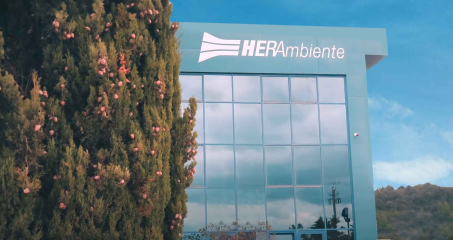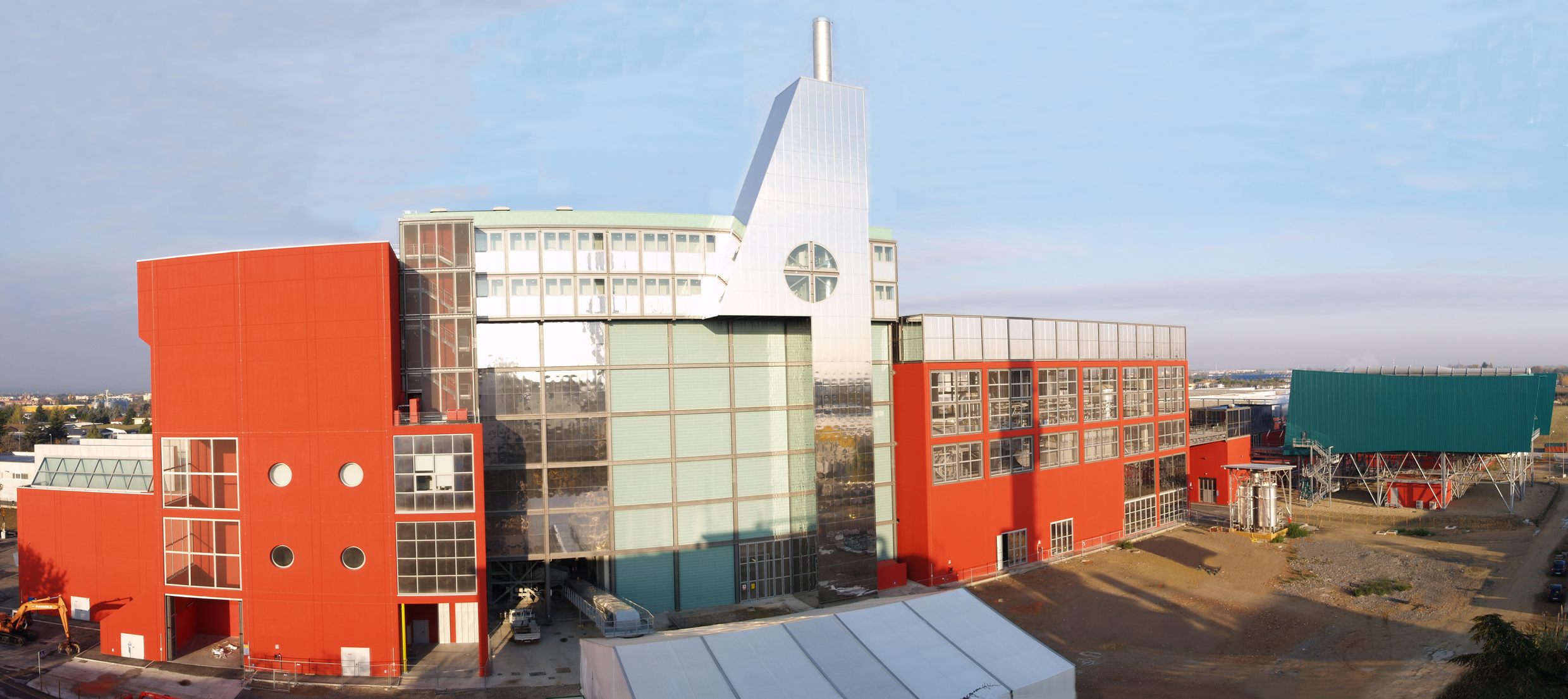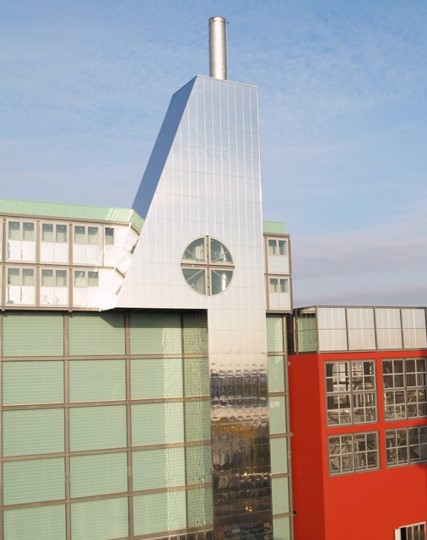Overview
The Forlì waste to energy plant consists of a single incineration line, line 3, started up in August 2008. The decommissioning and demolition operations of the two old lines, 1 and 2, were completed in October 2009.
The construction of line 3 led to an adjustment of the incineration plant's potential from 60,000 to 120,000 tons per year, as envisaged by the Provincial Waste Management Plan.
The Forlì waste to energy plant is an incinerator that uses the heat generated during the combustion of waste, also exploiting the renewable fraction, to reconvert it into electrical and thermal energy.
In the plant complex of Forlì there is also an equipped ecological platform (PEA).
Page updated on June 3, 2021
Form
<i>Environmental compatibility in compliance with current legislation (Legislative Decree 152/06)</i>
-
Number of waste to energy lines
1 -
Total thermal capacity
Approximately 46.5 MWt -
Combustion technology
Water cooled moving grate incinerators -
Waste disposal capacity
Max. 384 tonnes/d with LCV of 10,465 kJ/kg -
Annual operation
7,500 hours -
Rated electric power
10,6 MWe -
Disposal and recovery codes
R1; R12; -
Type of waste accepted
Municipal waste
- injection of urea into the combustion chamber to lower NOx emissions;
- injection of sodium bicarbonate and active carbons upon release of fumes from the economiser to reduce acid (HCl and SO2) and heavy metal emissions;
- final filtration to restrain the particulate matter carried by the fumes before transfer to the chimney stack.








